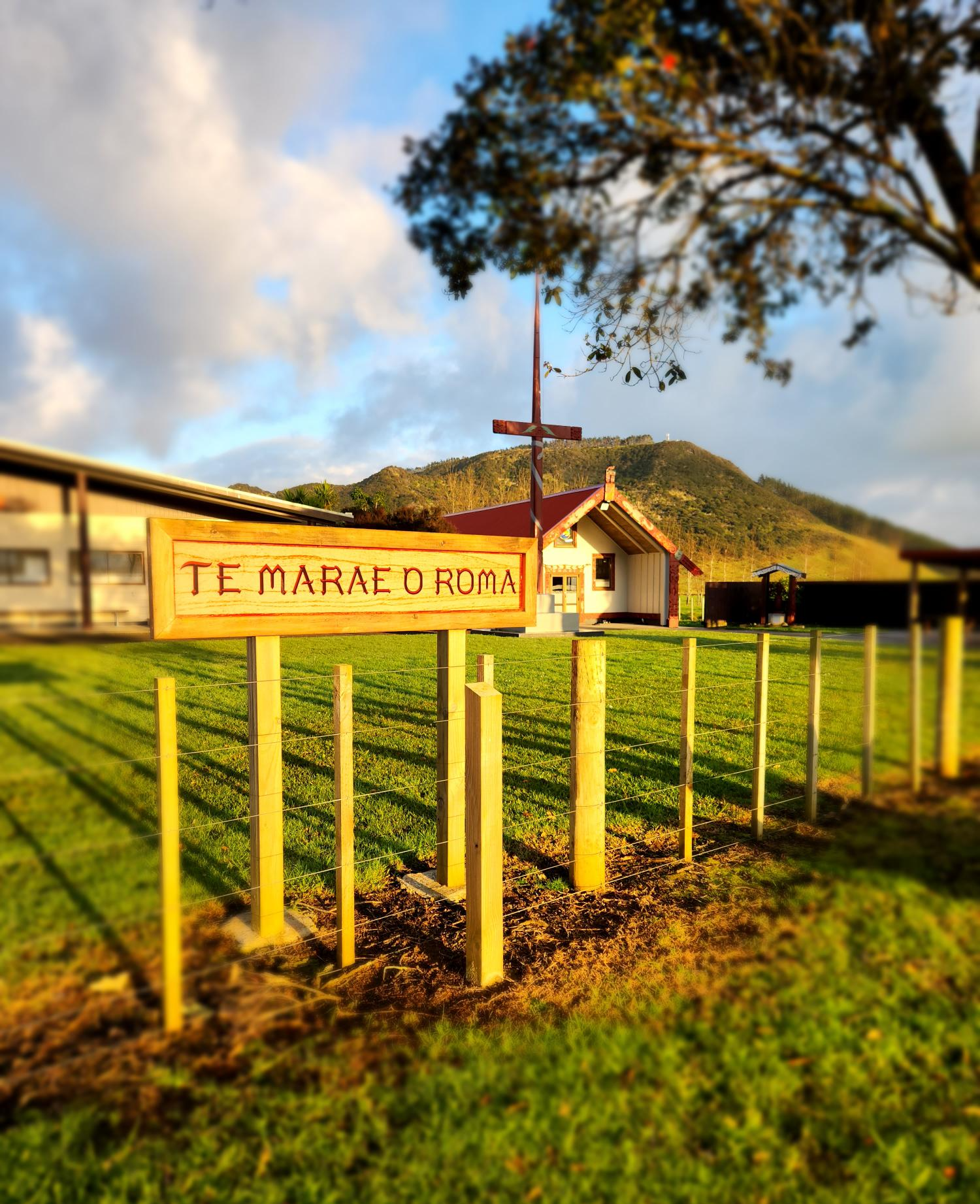13 trustees are representative of the local hapū, who have a wide range of professional expertise. These trustees, hold in trust the land, set aside as a Māori Reservation for the purpose of a marae, to govern and administer the same for the beneficiaries of Pōroa’s legacy.
The response of Te Hiku iwi, hapū and marae to the national COVID-19 lockdown beginning March 2020 was rapid and enveloped every part of their community. Strategically planned initiatives, carefully put together to protect and tautoko their people with particular emphasis on the elderly and vulnerable was able to be cascaded through the community with urgency and relevance. At this time Roma Marae beneficiary roll had 50 kaumatua, kuia over the age of 60 in their immediate marae community. The full impacts of COVID-19 were unknown at this time, however, Roma Marae realised the impacts of ‘lockdown’ on their kaumatua/kuia – isolation, uncertainty, current communications, misinformation was something they could support as a marae.
- They set up a ‘check in kumara vine’ to maintain connectivity and contact each kaumatua/kuia to ensure their specific needs can be purchased as the basis of providing ‘care packs/shopping needs’.
- They distributed bulk ‘koha’ kai – fish, vegetables, groceries – across their networks.
- They shared COVID-19 information, taking the time to explain important health messages and answer questions or provide access to answers.
- They initiated projects to enhance food sovereignty for their marae community. To ensure a resilient future, they established home vegetable gardens, provided garden equipment and seeds, and planted a food forest with fruits and vegetables at the marae.
- Their marae collaborated with various social agencies to create a contingency plan. This plan allows their marae to serve as a self-isolation accommodation option for whānau returning from urban centers or overseas who need support.
- They ensured they practice health and safety protocols – in contacting, purchasing, packing and delivering the ‘care packs/shopping needs.
COVID-19 highlighted how swiftly their marae mobilised to meet national needs, particularly in supporting their kaumatua and kuia. Across the country, there were fears about supply chain issues, especially in the Far North Region. Additionally, they faced water supply pressures following an unusually dry summer before the pandemic led to a total lockdown. Their marae was determined to support their community, alleviate growing anxieties, and ensure that basic needs were met for those most in need.
The COVID-19 period had several significant impacts. They strengthened their networks among their marae and whānau, always having plenty of help, even on short notice. Their connections with the wider community allowed us to meet kanohi-ki-te-kanohi and solidify these relationships for the future. It highlighted what their marae do best caring for people. They were able to practice their tikanga we talk about on their marae, deeply rooted in Te Ao Māori world view.
The global pandemic event highlighted the importance of building a more resilient community at our marae, in case they face a similar or worse situation in the future. They are considering what this resilience would look like and how quickly they could mobilize again. They believe that a Te Ao Māori worldview is crucial for their marae, and their strategic plan includes the goal of Pou Whakaara Tangata – Social Wellbeing, Hauora, which focuses on building a resilient community to prepare for future pandemic events.
AIMS OF PROJECT:
- Enhance Knowledge: Gain a comprehensive understanding of probable infectious diseases and their potential impact on their community.
- Build Connections: Establish valuable connections with professionals and organizations working in the field of infectious diseases and pandemic preparedness.
- Improve Preparedness: Develop and refine strategies to improve their marae community’s preparedness and response to future pandemics.
- Access Resources: Identify and access resources, tools, and best practices that can be implemented within their marae community.
- Promote Collaboration: Foster collaborative efforts with other indigenous communities and stakeholders to strengthen their collective response to infectious diseases.
>> PROJECT STARTED - 1st November 2024
read more


